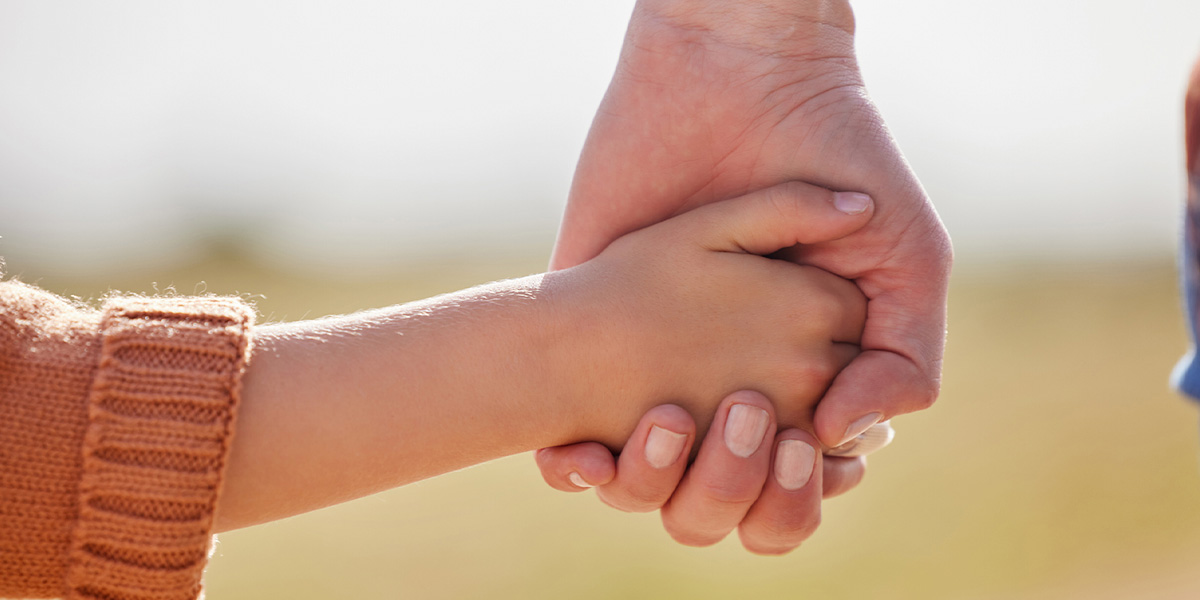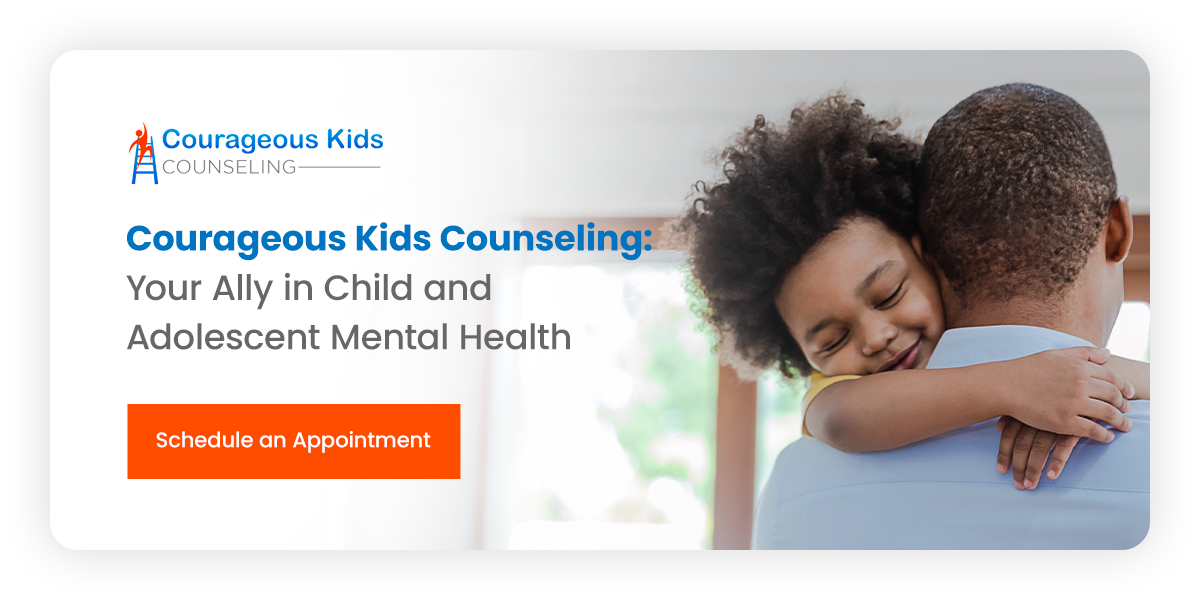Table of Contents
How to Handle Separation Anxiety in Toddlers and Children
If your toddler displays anxiety or tantrums when you say goodbye, they may be dealing with separation anxiety. A common part of development, separation anxiety usually starts around 6 months and gradually lessens throughout early childhood. While natural, it can be challenging to know how to respond as it’s occurring or when to seek professional support.
What Is Separation Anxiety in Toddlers?
Separation anxiety in toddlers is a fear of being separated from carers, which may cause your child to cling to you or cry when being separated. Separation anxiety typically peaks in kids aged 9 to 18 months, bringing varying symptoms depending on the child. While childhood separation anxiety typically eases with time, every child is unique, and there’s no defined period in which it begins or ends.
Signs of separation anxiety in toddlers can include:
- Clinging when carers attempt to leave
- Throwing tantrums
- Resisting other caregivers to try to convince the parent not to leave
- Fear and restlessness when a carer takes them to school or leaves them alone at bedtime
Separation anxiety disorder (SAD) can occur in kids whose symptoms persist into older childhood. The first signs of SAD often occur in third or fourth grade, such as the refusal to sleep alone, constant worrying about separation and panic attacks when separated from parents or carers. Only a mental health professional can diagnose SAD and provide proper treatment.
What Causes Separation Anxiety in Toddlers?
To understand separation anxiety, it’s critical to understand toddler behavior. Kids aged one to three years old are self-focused, and they worry about their needs being met when their usual carer is not around. As a result, they may cry or cling in moments of separation, such as being dropped off at daycare or staying with grandma for the weekend.
While children learn object permanence around this age, they can’t fully comprehend the concept of time. As a result, they often have trouble with separation, comprehending a few minutes alone in their room as the same as three hours away with a babysitter. Time apart can be scary, as they believe their well-being depends on you always being near.
A child’s unwillingness to leave you can indicate the development of healthy attachments. In time, your child will learn to remember that you always return after you leave, which can provide enough comfort in times you’re away. It also gives kids a chance to develop coping skills and learn independence.
Parenting Techniques for Separation Anxiety
The best way to alleviate separation anxiety in toddlers is to focus on independence and helping your child manage their feelings without you. Here are some ways you can reduce anxiety in times of separation and help your child build resilience for the future:
1. Acknowledge Their Anxiety

Avoid downplaying or ignoring your toddler’s feelings. Acknowledge your child’s separation anxiety by saying something like, “I know you’ll have fun at daycare, but it’s alright if you miss me.” When together, read picture books about separation anxiety together. Children’s literature can help them develop social-emotional learning skills as they are presented with relatable situations.
2. Keep Goodbyes Brief
When leaving your child at daycare or with a caregiver, tell them in advance that you will be separating and let them know when you will return. Keep your goodbyes and hugs brief. If you return for another hug or appear visibly upset or anxious, they might think something is wrong.
It’s also important not to sneak away, and you should try to return when you promise to. Overall, convey that separation isn’t cause for alarm. Doing so helps them develop confidence and independence.
3. Bring a Meaningful Item for Them
Give your toddler a meaningful item for them to hold when they are away from you. It might be something that reminds them of home, such as a picture, stuffed animal or blanket. It’s important that your child can access the item as needed so they have a soothing tool when experiencing separation anxiety.
4. Take Things Slow
When you’re visiting a new place or meeting new people with your toddler, take things slow. Let them interact on their own time while keeping an eye on them. While they might accept being held by someone at one moment, the next, they may decide it’s too much. Staying nearby gives you time to scoop them up if they get upset.
Offer your toddler support and give them time to explore gradually. That way, they can develop independence and be more comfortable in social settings in the future.
5. Plan Activities for Them to Do While You’re Gone
Before you leave your child for daycare or with a babysitter, hand them a new coloring book or their favorite game. Let them know they can play the game when they leave. The new activity might be distracting enough to curb their separation anxiety for the time being.
When to Seek Professional Help
Talk to a mental health professional if your child’s separation anxiety continues into preschool or beyond. It’s also a good idea to talk to someone if anxiety interferes with daily functioning, as this could indicate separation anxiety disorder.
Here are some warning signs of SAD:
- Constant worries about being kidnapped or lost
- Nightmares about separation
- Panic symptoms, like shortness of breath and nausea when separated from parents
- Fear of sleeping alone
- Frequent tension headaches or muscle aches
- Refusal to go to school
While most children have lessened anxiety over time, it can still help to see a professional to help your family develop better babysitter drop-off routines or bedtimes, for instance. Mental health professionals can diagnose and treat SAD, addressing physical symptoms while providing your child with problem-solving, coping and independence skills for the long run.
Courageous Kids Counseling: Your Ally in Child and Adolescent Mental Health
It can be tough to see your little one struggle with anxiety when you leave, but it’s also a critical part of early childhood development. If you’ve noticed intense separation anxiety persisting, it might be time to seek professional support. At Courageous Kids Counseling, we create a comfortable environment where your child can open up when they feel comfortable doing so.
In child therapy, we will reassure your child that they are in good hands, as it’s critical for children to have a safe space. We have experience treating separation anxiety and will try various methods to help your child open up and work through the issues they are facing, such as cognitive behavioral therapy (CBT), play therapy and biofeedback.
At Courageous Kids Counseling, we can help your child reach new heights. To book a complimentary call, we invite you to contact us for an appointment today.



